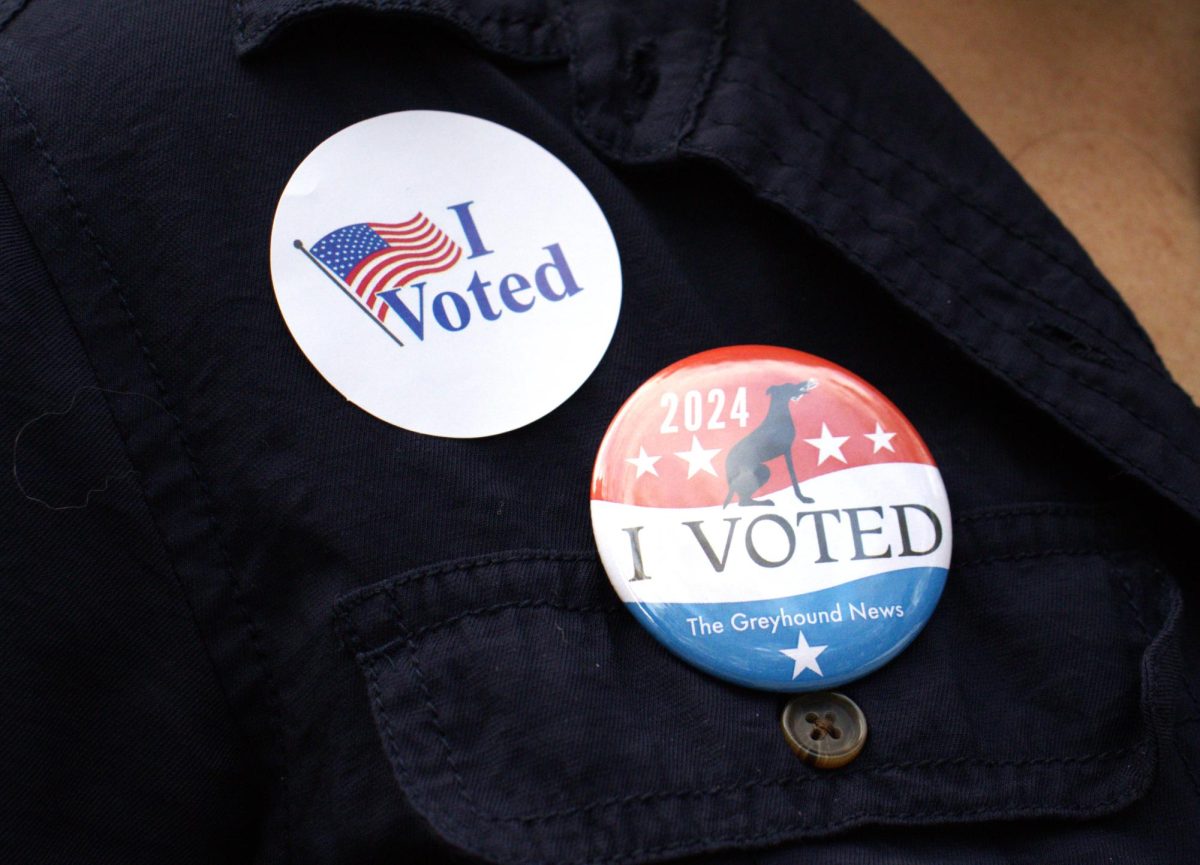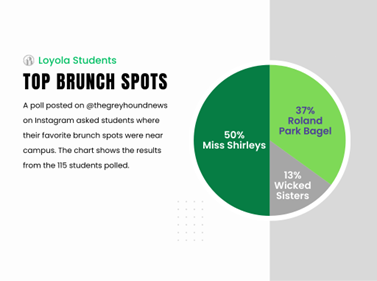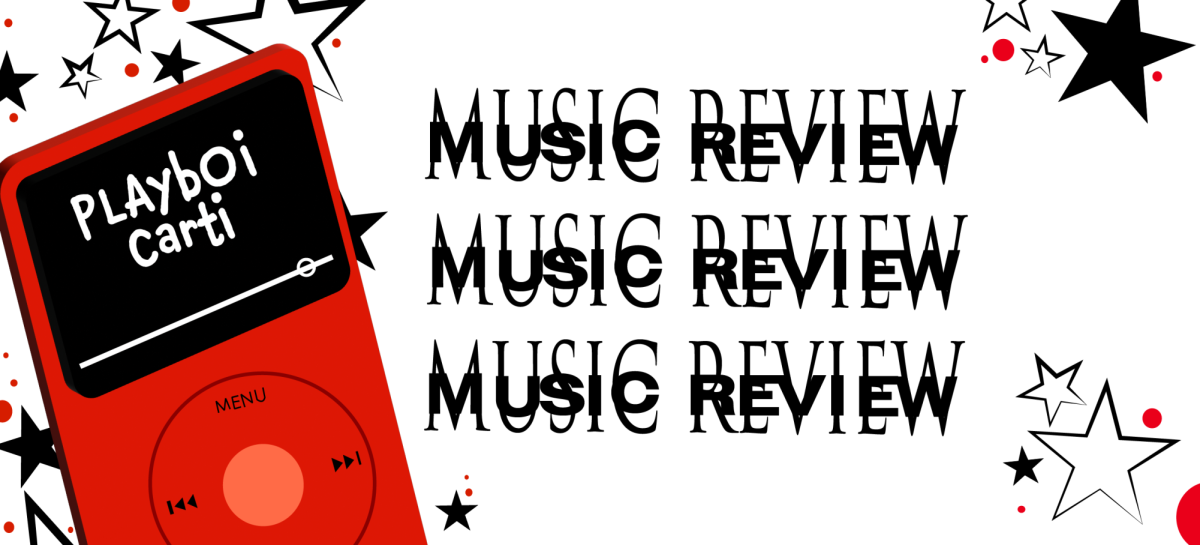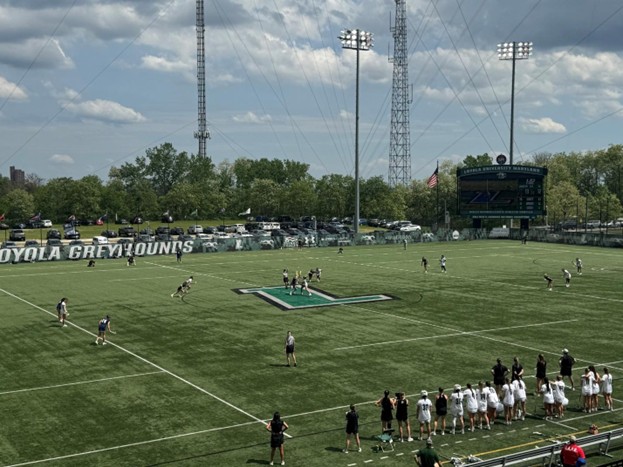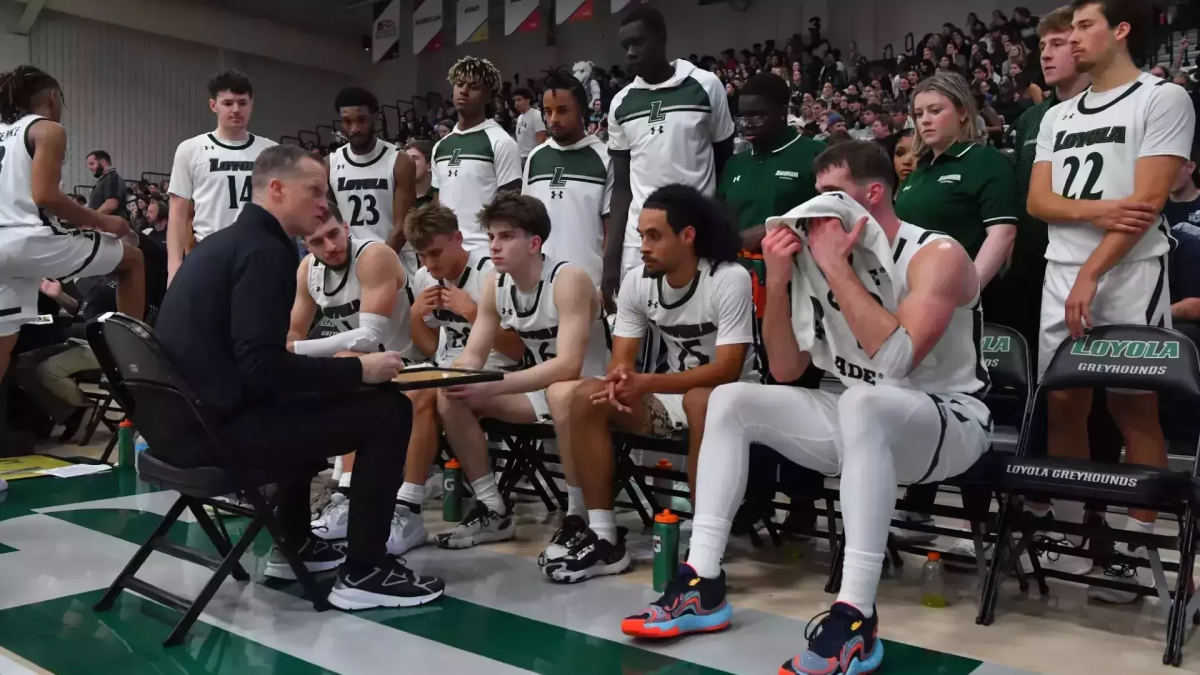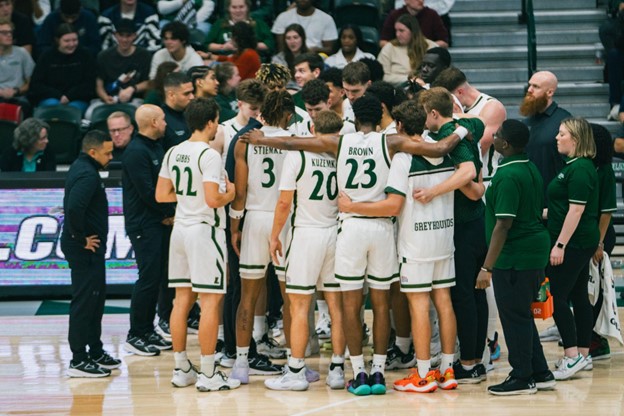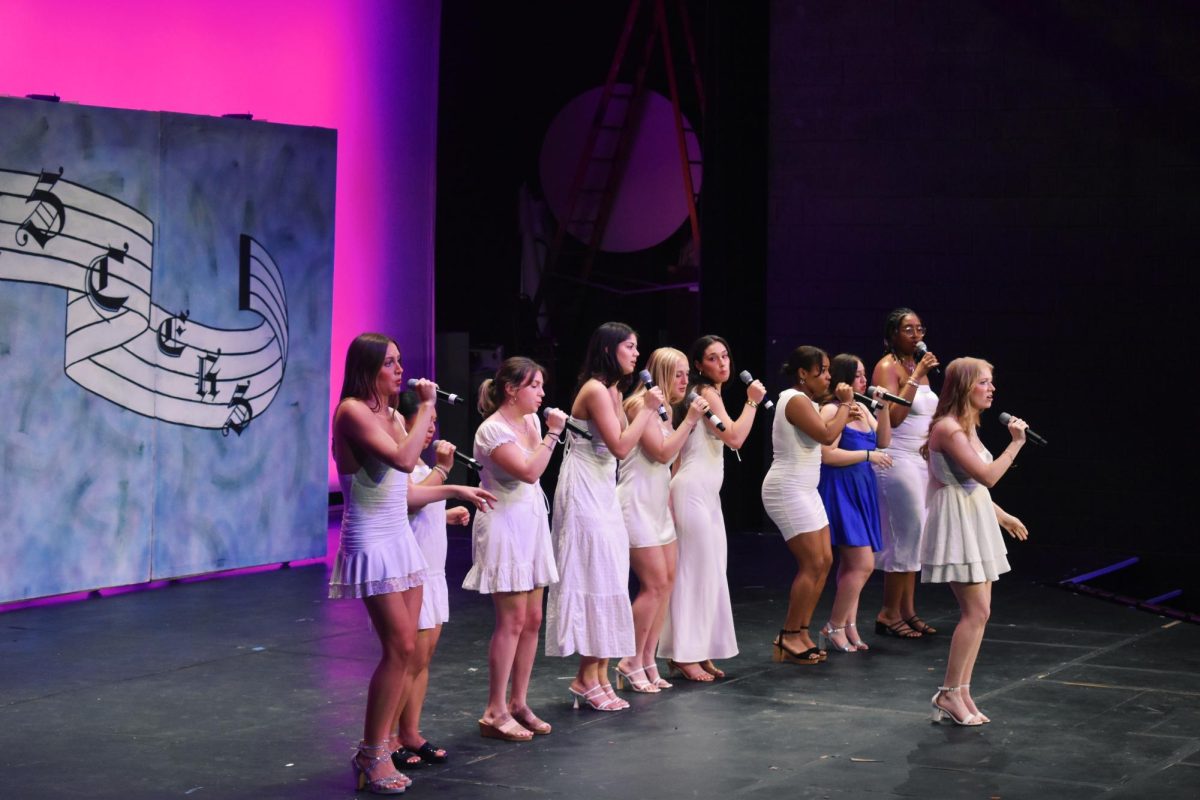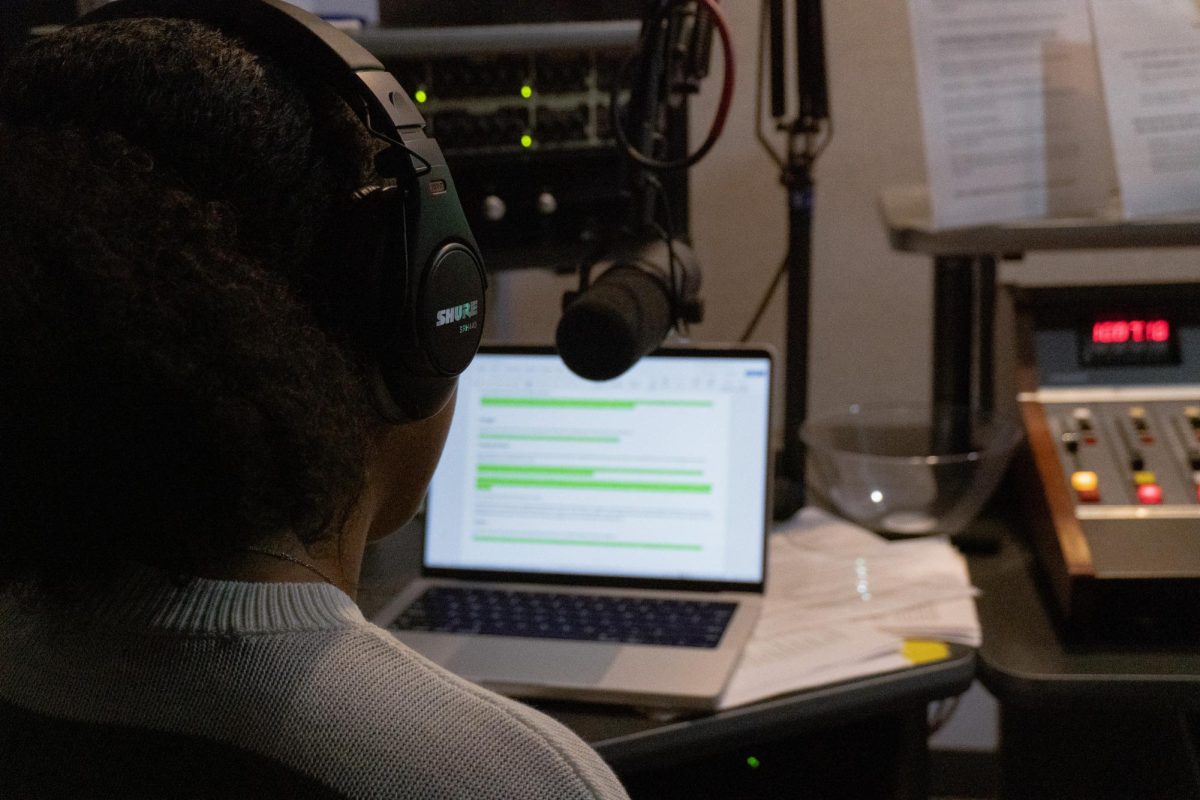By Lauren Heery
Staff Writer
“The grade of C rewards a successful academic performance…[and] denotes an acceptable level of achievement in the course and is the standard for graduation from the University. The grade of C is earned by a student who successfully completes the requirements for the course laid out in the syllabus,” states the Loyola Undergraduate Catalogue in its explanation of the University’s grading scale. While a C is the standard of graduation at Loyola, and most institutions of higher education, such a grade, when given to the institution itself, does not seem like a measure of a successful performance. Forbes Magazine certainly does not think so. In its August 13 issue, the magazine assigned letter grades to “more than 900 four-year, private, not-for-profit schools with more than 500 students” based on the institutions’ financial well-being. Public institutions were not graded or ranked.
Loyola, meeting its own academic standard of performance, received a C grade, coming in with a “GPA” of 2.039. Out of the 925 schools evaluated, Loyola was ranked 592. This ranking is quite out of place compared to the consistently high rankings Loyola receives regionally and nationally for the overall quality of its academics and standing as a university. Forbes even ranked it as 127 out of 650 for the “output” students receive by attending, i.e. the return on investment. Based on Forbes’ lists, published this July, Loyola was also ranked 60th in the Northeast region, where it contends with the most elite universities in the country. Despite the overall perceived success of the University, financial “soundness” does not appear to be one of Loyola’s strengths—at least not by Forbes’ standards.
The Forbes Criteria
Forbes’ primary focus in assessing schools’ financial states was to evaluate the institutions as businesses. With this framework in mind, the magazine developed a grading scale based on several aspects of the university’s financial health. Specifically the article’s grading scale was based on endowment assets per student (15%), expendable assets (15%), a viability ratio based on assets and debt (10%), the university’s core operating margin (10%), tuition as a percentage of core revenue (15%), return on assets (10%), admissions yield (10%), the percentage of first-year students receiving institutional grants (7.5%) and instructional expenses per student (7.5%). Essentially, the numbers used in calculating the “GPA” and grade came from a variety of factors including the university’s endowment resources, admissions statistics, how much the university’s budget depends on tuition as revenue, the physical resources the university could depend on if it stopped collecting tuition and the ways in which the university uses financial aid to attract admitted students. On the surface, an assessment of financial well-being might seem just like an account of the school’s expenses and revenues. However, many of these factors have broad implications involving advancement, financial aid, admissions and the university’s mission.
Advancement and Admissions
Endowment resources are sometimes used by college ranking systems (U.S. News and World Report often employs this statistic) to help determine the success of alumni and indicate graduates’ involvement with their alma maters. Endowment assets serve as an important contribution to the university’s operating budget. By examining how much of these resources are available per student, there is a picture of non-tuition income which can easily be compared to the expenses per student. The grading scale gave full credit to universities with endowment assets per student of at least $100,000. According to the Fall 2012 University Fact Book, this number for Loyola was $31,358 in 2011-12. Speaking on behalf of offices of Advancement, Financial Aid and Undergraduate Admission, Loyola’s Vice President for Finance and Treasurer Randall Gentzler acknowledged Loyola’s lackluster performance by Forbes’ standards. “In most cases for the ratios used by Forbes, Loyola did not receive full credit,” Gentzler explains.
On the opposite end of advancement, in terms of the University’s mission, is the Office of Admissions. An important piece in assessing the operational budget is tuition revenue. To have tuition, there needs to be students. Admission yield is the percentage of accepted students who actually attend Loyola. Full credit was given to schools with over 50% yield and half credit to those with a yield of at least 25%. At Loyola, for the fall of 2012 (the graduating class of 2016), this rate was at 13%. In 2008, for the graduating class of 2012, this number was at 20%. Loyola is classified as a more selective school in terms of the students the University accepts—based on SAT scores and high school grades. Despite a lower admissions yield in the past few years, application numbers have been growing. Acceptance rates have varied, but have remained close to the fall 2012 rate of 65%. Gentzler attributes most of these trends to larger patterns in the college application and acceptance culture.
“There has been an overall decline in yield rates for public and private institutions in the last 10 years,” Gentzler says. “Students are applying to more universities than they have in the past.” The competitive nature of colleges recruiting students was cited in the Forbes article as a reason for the financial grading scale. Gentzler also notes this competitiveness as a factor in Loyola reaching its goals. “The bottom line is that it takes a larger number of admitted students to reach our goals than it has in the past,” he explains. “Other items that impact yield are cost and affordability, perceived value for the investment and our competitor institutions throughout the northeast, all of whom have excellent brand recognition.”
Despite this current performance, Gentzler is confident as the University moves forward. “Over the past four years, we have seen the commitments to Loyola increase from $8.2 million to $14.2 million,” he says. “This is a testament to our alumni, parents and friends and their confidence in Loyola and its vision.” Those annual increases in contributions have also led to greater strength in the endowment, which according to Gentzler, reached a high of $180 million in the spring of 2013. In comparison, it was $159.3 million for the 2011-12 school year. “We continue to have strong enrollments and recruit talented students,” he adds. “Our academic programs are very strong and supported by very talented and accomplished faculty.” The endowment and admissions yield are not necessarily financial strengths for the school, but continued growth illustrates support from current and future Loyola networks.
Tuition and Financial Aid
The consequences of a smaller endowment and lower admissions yield involve a greater dependence on tuition and fees as sources of revenue, and increased tuition at the student level. On the school’s side, 78% of core revenues came from tuition in 2011-12. This aspect of the criteria also yielded poor results for Loyola. According to the explanation of Forbes’ grading methodology, “Universities where tuition revenues account for more than 60% of their core revenues tend to be at higher risk.” As a result, schools with less than 10% of tuition as revenue received full credit, while half credit was given to schools with 50% of their revenue from tuition. Gentzler noted a strong relationship between the university’s endowment resources and the dependence on tuition. “Somewhat offsetting [our] strengths is the size of our endowment, including the level of reserves,” he explains. “Like many private institutions we have a high dependence on student revenues to support our annual operating budget.” This dependence can have serious consequences for some institutions.
The great concern from this dependence, within the Forbes criteria, is the fact that seriously struggling universities begin to make cuts from instructional budgets to cover other shortfalls. Some of these revenue shortfalls can come from the amount of institutional aid colleges give out to accepted students in order to encourage attendance. These tuition discounts as they are known reduce the school’s income in an attempt to boost admission rates. Schools with over 90% of first-year students receiving this type of aid did not receive any credit in this section of the grading. Loyola’s figure is approximately at 60%, according to Gentzler and the Office of Financial Aid. Although these scholarships and discounts can represent a type of admissions strategy, Gentzler points to another goal of financial aid central to the mission of Loyola. “Loyola’s programs of need-based financial aid contributes to a socio-economically diverse student body enhancing the educational experience of all students,” he explains. “Although this level of institutional support is challenging from a university budget perspective, it does not negatively impact the quality of education Loyola provides.” Focusing on Loyola’s mission to provide an excellent education to a diverse student body is not factored into Forbes’ financial analysis.
A Jesuit Problem?
Gentzler’s view also indicates an important truth about Loyola’s situation: although the school’s mission would not be fulfilled without financial strength, living up to the values set forth in the school’s vision may not be great for business. In fact, joining Loyola in the “C class” are a few other Jesuit universities: Gonzaga, Canisius and Xavier. Creighton and Regis barely scrape ahead in the C+ group. The Greyhound has used Gonzaga, Creighton and Xavier as comparisons to Loyola in the past, indicating that this weak financial situation could be a problem for other schools like Loyola. This can hardly be considered a problem for all Jesuit universities—Boston College received an A and Georgetown a B—but it could indicate problems in the methodology.
Analogizing higher education with ordinary private-sector industries has its limitations. While some universities might be contenders with Fortune 500 companies, others are run with mindsets more focused on value-based missions and more comparable to nonprofit organizations. The only way Forbes’ methodology took into account the type of university being graded was in the calculation of endowment assets per full-time student. The size of the undergraduate population is hardly a sufficient way to account for differences in university priorities and goals. Although there are moderately-sized, undergraduate-focused schools like Loyola in the A and B groups, top flight research institutions (which are often more graduate level-focused) dominate these two lists. While financial stability and sustainability are certainly important in achieving Loyola’s function and mission, the University is intentional in its spending.
“Loyola University Maryland devotes a significant amount of its financial resources to assisting parents who otherwise are unable to make a high-quality Jesuit education possible for their sons and daughters,” said Gentzler. With this struggle between economy and mission, the university has its work cut out. Loyola continues to rank strongly on academic standards. Based on another study published earlier this year by PayScale.com, the long-term return-on-investment for tuition yields well, especially with financial aid: Loyola ranks 160 out of 1511 institutions evaluated. (The top 150 are typically deemed by education experts as fully worth the investment, making Loyola a reasonable expenditure.) While this grade could be a warning sign for Loyola’s financial well-being, it is not an indictment of failure. With new initiatives such as the New Way of Proceeding Committee and an intentional focus on the University’s long-term viability, there is hope for better grades, above and beyond the “acceptable level of achievement” denoted by the letter C.























